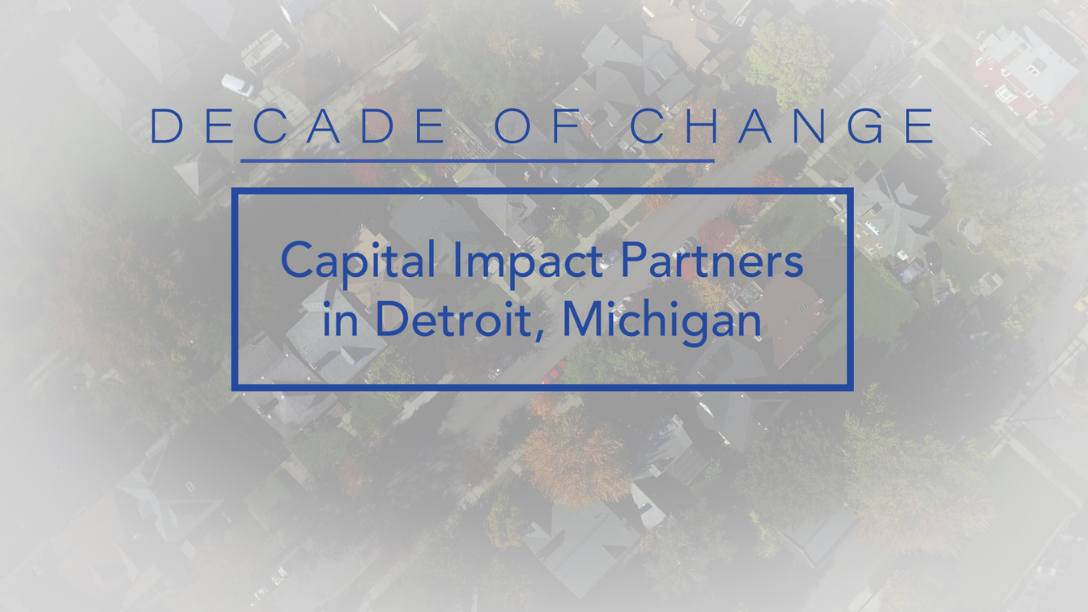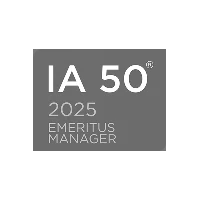A decade ago, Detroit was on the verge of a landmark municipal bankruptcy. Emergency response times were among the slowest in the nation. Blight abounded in nearly every neighborhood. In the prior decade, Detroit had lost one-quarter of its population — more than 244,000 residents.
National media coverage was bleak — headlines like “The death of a great American city: why does anyone still live in Detroit?” lamented the state of the city. The New York Times produced an interactive visual feature titled “Anatomy of Detroit’s Decline.”
Amid the chaos, seeds of a resurgence were beginning to sprout in the city, and Capital Impact Partners entered the market in 2011. 2021 marks the 10th anniversary of Capital Impact creating a place-based presence in the city. It was a seminal moment in our organization’s history, resulting in key shifts to our strategy and how we thought about investing in communities. During our time working with Detroit residents, we learned that community transformation takes a holistic, integrated approach, a place-based strategy that allows investors to go deep in order to build communities.
In the last 10 years, we have worked to support Detroit’s revitalization: we have used our lending expertise to build density on main corridors and increase growth, and have targeted programs to build the capacity of community members to build neighborhood assets and opportunities for wealth building for long-term Detroit residents.
We followed up with some of the people who made our 10 years of investment in Detroit possible. What follows is an oral history of Capital Impact Partners’ journey in Detroit, in the words of our staff and partners.
*The interviews have been edited for clarity and length.
Interviewees include:
- Scott Sporte, former Chief Lending Officer with Capital Impact Partners
- Melinda Clemons, VP & Detroit Market Leader, Enterprise Community Partners, Inc.
- Elizabeth Luther, Director of the Detroit Program, Capital Impact Partners
- Aaron Seybert, Managing Director of the Social Investment Practice at The Kresge Foundation
- Ian Wiesner, Director of Business Development at Capital Impact Partners
- Michael Rhoades, JP Morgan Chase
- Clifford Brown, Managing partner, Woodborn Partners
- Edward Carrington, Detroit developer and graduate of Capital Impact Partners’ Equity Development Initiative
*The interviews have been edited for clarity and length.
The Beginning (2011-2013)
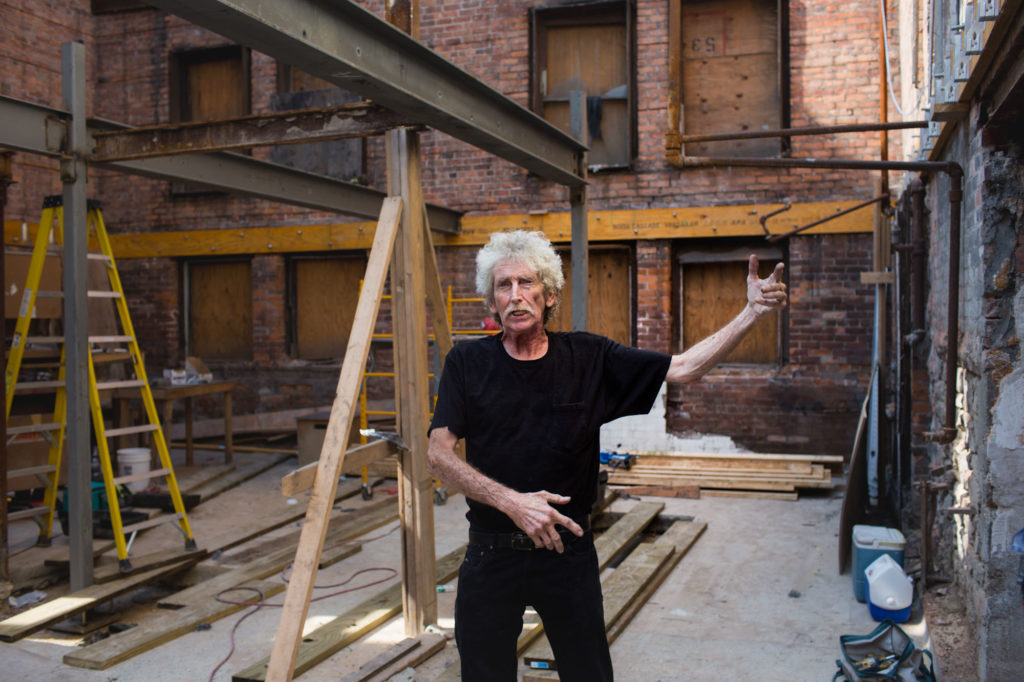
Capital Impact Partners entered the Detroit market in 2011 at the invitation of the Kresge Foundation and the Living Cities Foundation, who were gathering partners to focus on Detroit’s redevelopment. The first project Capital Impact participated in was the Woodward Corridor Reinvestment Fund, a $30 million fund to finance real estate development in Downtown and Midtown. Investors in the fund included MetLife, Inc.; PNC Bank; Prudential; Calvert Foundation; Living Cities; and the Max M. & Marjorie S. Fisher Foundation.
Scott Sporte: The process that brought us to Detroit was a long and deliberate one. It began with a phone call from the Kresge Foundation inviting us to be a part of the Living Cities Integration Initiative, along with Midtown Detroit, the vanguard community development corporation in the North End, and a couple of other partners. The Integration Initiative sought to drive reinvestment along the Woodward Corridor and generate benefits for area residents. And we just began by touring the area and seeing what made the most sense and the ways that we could use our capital to help advance development in Detroit over time.
Ian Wiesner: Capital Impact Partners had done a little bit of lending in Detroit, prior to 2010, but we didn’t have a local presence. We were recruited to come to Detroit by our local partners, the Kresge Foundation and Living Cities Foundation. We were invited because of our track record as a national lender able to deliver capital to grow communities. In the beginning, we were really following a strategy that was laid out by local partners. We weren’t necessarily bringing our own perspective. And then over time, as we grew our own presence and developed our own perspective and strategy, our lending shifted to align more with Capital Impact’s goals and strategies.
Melinda Clemons: There was a real need for capital in Detroit, and one of those needs was for real estate capital. Even if a developer could cobble together financing to get a construction project completed, they didn’t have the resources for permanent loans, so they could hold their projects long-term. And it wasn’t unique. At the time, there were a lot of organizations that had that challenge.
Scott Sporte: We just began by touring the area and seeing what made the most sense and the ways that we could use our capital to help advance development in Detroit over time. We were a national organization, and at the time, we hadn’t really focused on individual places. So to move into a place and commit to a particular city, especially at a time when Detroit was having difficult times coming out of the last recession, took a lot of conversation and a lot of thinking about how we wanted to position ourselves.
Scott Sporte: To move into Detroit and then commit ourselves to an area that we could actually draw a line around and define on a map and say, we are going to work here, that required a different kind of thinking, a different engagement at the local level and a real understanding of what was going on in the neighborhoods that we were trying to serve.
Aaron Seybert: I’d known of Capital Impact for a long time as a national CDFI lender, a very sophisticated lending outfit. I got a lot more familiar with their adaptability by working closely with them in Detroit, and I saw the way that they were able to really be that linkage between traditional financial services and the community development space. They were able to accelerate capital in the market in a way that we at the Kresge Foundation really hoped would happen. But I think the biggest impression is the people that they have had in this Detroit office and the quality of individuals that have been committed to the work here.
Michael Rhodes: In Detroit, following the bankruptcy, JPMorgan Chase worked to create a model — a data-driven strategy based on months of on-the-ground conversations and planning — for tackling big economic challenges, believing that the private sector can be an agent for the public good. We saw collaboration between government, business, community, and nonprofit leaders integrating with our philanthropic and business expertise. Capital Impact Partners represented one of those key foundational relationships.
Building the Program: Impact & Vision (2014-2020)
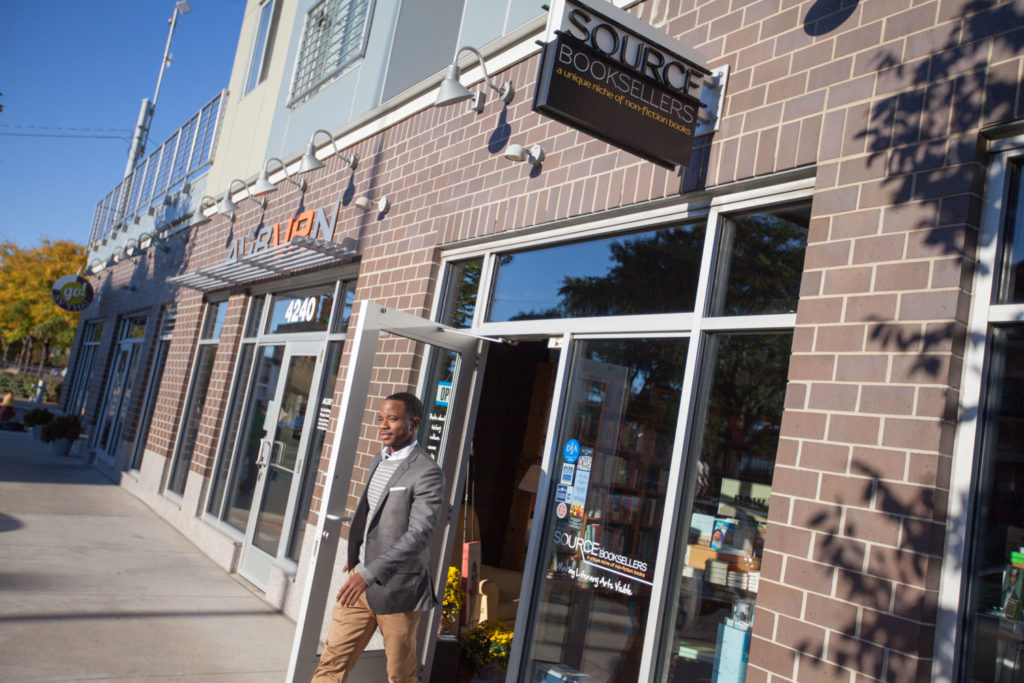
As Capital Impact got its feet wet in Detroit, it began to better understand community needs and what it would take to fulfill those needs through place-based investments. At an enterprise level, Capital Impact began developing a place-based strategy that targets capital and commitment across multiple sectors simultaneously in one geography.
With this strategy, Capital Impact aims to innovate how capital flows into communities to foster economic empowerment and community power holistically. During this period, Capital Impact completed its first major Detroit project, The Auburn, a mixed-use development in Detroit’s Midtown area, and partnered to launch a coalition of Community Development Financial Institutions in the city. It also partnered with JPMorgan Chase to launch the Detroit Neighborhoods Fund, a $30 million fund focused on developing multifamily residential properties, mixed-use real estate, and grocery stores in Detroit neighborhoods.
Scott Sporte: We started out as the lender in the Integration Initiative. About two years as a lender in the Integration Initiative, we became the sponsors and added Brad Frost, who was the key staff person working on the program. He helped lead our efforts on the ground to build a strategy around both lending and community engagement in Detroit…So we went from being sort of an outsider doing transactions and gradually moved into a place where we had become fully invested and fully present in the city.
Melinda Clemons: As community development organizations, we need to serve the communities in which we work because we have control over the process and wee can ensure that resources are properly delivered. Once we got knee-deep in the work, it was clear that there was so much more we needed to do. And commercial real estate was a fairly new market segment for Capital Impact, but because of the need, they really doubled down and they did more lending than they had anticipated in that field, which really helped spur economic growth in the city.
Ian Wiesner: The Capital Magnet Fund, which was a grant from the CDFI Fund, was really our first foray into affordable housing in Detroit. Prior to that, we really hadn’t done income-restricted, affordable housing. We were really doing more mixed-income, multi-family development. That was a really important tool because we knew that we needed to be focused on greater affordability. The Capital Magnet Fund helped us do that. To date, we have used it to create more than 850 units of housing around Wayne County, including more than 250 units of housing for families earning 50 percent of the Area Median Income or below.
Aaron Seybert: Capital Impact is really focused on serving communities — it is not only about buildings. It is about the people who are living there, who are the developers doing the work, who are their client base, and what sort of lasting imprint are they leaving on the city from a capacity perspective? Who are the people that they are empowering with their tools? And I think that that is quite emblematic of the evolution of Detroit and its revitalization over time. We started out by just saying, we have got to get something done. Anybody want to build a building in Detroit? Anybody want to rehab something? Anybody have any money to invest? And we are now to the point of being very intentional about what the long-term impact of that revitalization is, and who is at the table.
Ian Wiesner: Detroit is a place where about 35 percent of the population lives in poverty. So if we are not creating affordable development, then we are not serving the community. It is absolutely critical that we are making investments and supporting development that is reflective of the community here and that can serve the folks here. And if we are not addressing affordability and making sure that those developments are affordable, we are not doing that.
Michael Rhodes: Capital Impact established a Detroit Neighborhoods Fund as a financing vehicle to support the construction and rehab of multifamily housing and mixed-use projects throughout Detroit. The $30 million Fund was capitalized with $20 million of Chase debt and $10 million in Capital Impact subordinated debt. The Fund capital has been fully deployed and has provided construction and permanent financing for several projects across a number of Detroit neighborhoods. The Fund supported the development of 11 projects leveraging funds from other sources, with total project costs over $100 million.
Elizabeth Luther: We felt good about our role (helping to develop the Woodward Corridor) and the outcomes that were taking place in terms of quality construction projects, quality housing being developed, increased density, and supporting all of the other work taking place in Midtown. But we wanted to understand how longer-term residents, particularly renters living with lower incomes, were or were not benefiting from those interventions. So we took a deep dive into the data. One of our main findings was that residents living in unsubsidized affordable housing were the most at-risk for experiencing displacement. So we engaged in a set of recommendations, some of which we adopted as internal policies, to support longer-term residents, like stipulations such that if we were to look at financing for a project that was already occupied, we would ensure that residents would have the opportunity to return to the project post-construction.
Ian Wiesner: I think there are really two things needed to be a place-based lender. One is being in the community where you are working and knowing that community, knowing its needs. The second part of it is also making sure that you are adjusting your strategy, your products, and your credit guidelines to align with the needs of that community. Detroit was starved of investment for decades, but was able to be resilient despite that. So now, as investment is coming back into the city, it is really important that that investment is feeding and growing the resilient community that was already here and not just washing that out.
Expanding Our Approach to Creating Impact (2016-2020)
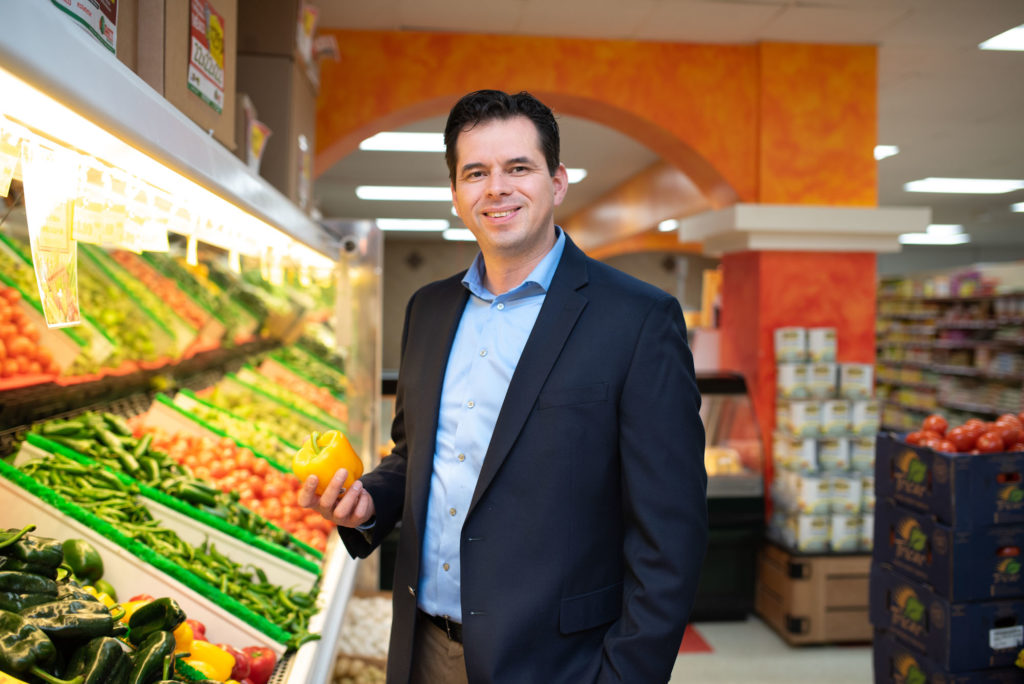
Since entering the Detroit market, Capital Impact learned a great deal about what it truly takes to foster opportunities and change for communities living with low incomes. It takes a holistic approach, partnerships, and programs paired with capital solutions to address deeper issues of poverty. In this period, we strengthened partnerships and created programs like Stay Midtown, an initiative that helped longtime Detroit residents remain in their homes in Midtown as the city’s recovery led to increased housing costs.
Elizabeth Luther: Capital Impact’s programmatic work has evolved hand-in-hand with our lending work both in Detroit and around the country. At that time, this kind of place-based focus that took advantage of knowledge-sharing across teams and capital tool development was very new for the organization. At the enterprise level, we have evolved our focus to look not just at a sector, but at a place, and to look at programmatic interventions that lead to capital access alongside the development of capital products and lending activities.
Elizabeth Luther: We developed a new, philanthropically subsidized program called Stay Midtown, which was a three-year, rental subsidy program. Stay Midtown was created to support residents earning between 30 and 80 percent of the Area Median Income who had lived in the district for at least two years. Ultimately, the program helped 150 households in Midtown stay in their units over the course of three years.
Ian Wiesner: The Michigan Good Food Fund is a great example of how we collaborate with partners. It is a collaboration between the core partners the Fair Food Network, Michigan State University Center for Regional Food Systems, the W. K. Kellogg Foundation, and Capital Impact Partners, and including other partners, such as Northern Initiatives and the Detroit Development Fund. It is really just a table where we all come together to figure out all the resources that we can individually bring to the table to collectively help increase access to affordable food for families living in poverty in Michigan. We all do different types of lending – small business, grocery – and technical assistance. It is a great example of how Community Development Financial Institutions like ourselves can collaborate to have a greater collective impact than we could individually. And it has really helped Capital Impact learn about the small business community in Michigan.
Immersing Ourselves in Detroit to Understand Challenges (2017-2020)
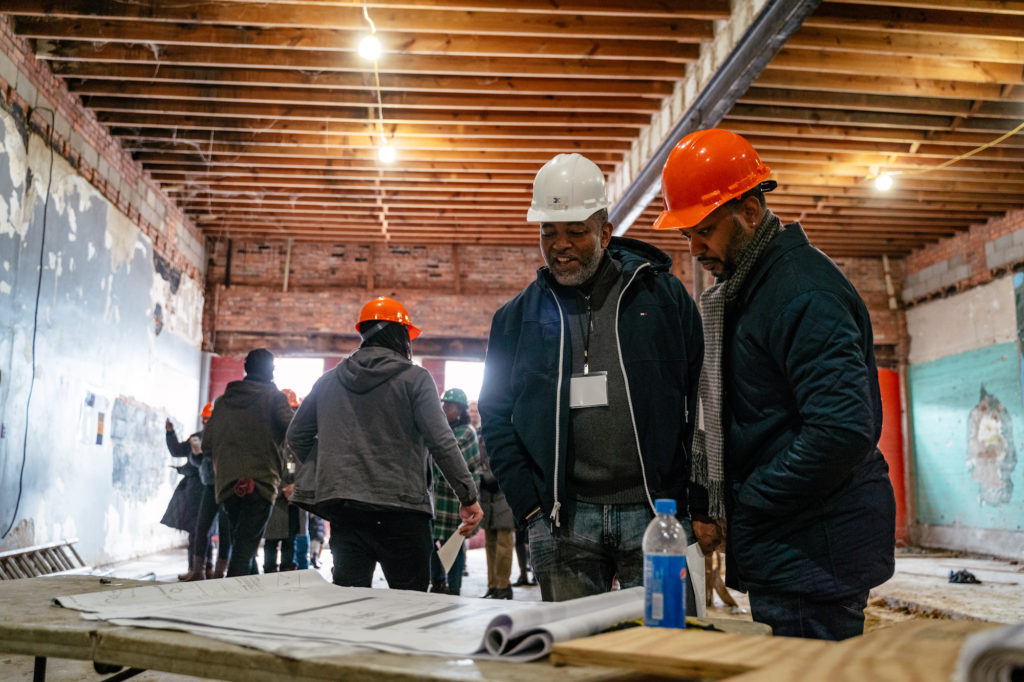
By immersing ourselves in Detroit and engaging with local residents, Capital Impact began to understand the challenges ensuring development would benefit all Detroiters. Capital Impact created its EDI program, where emerging real estate developers will receive the tools they need to grow their businesses — including training, technical assistance, mentorship, networking, and potential pathways for financing. It has become a core focus of our work in the city.
Melinda Clemons: When I joined Capital Impact, there was an existing loan portfolio and pipeline. Upon a further look at our Detroit loans, it was clear that there wasn’t a large representation of developers of color, and those loans that were to developers of color were challenged. That was for a number of reasons: lack of resources, lack of knowledge, lack of know-how, and lack of projects on the part of the developers. I raised the alarm internally at Capital Impact, and all hands were on deck, which inevitably led to the creation of the EDI program. I think it really shed light on a problem that we were having in Detroit. It hadn’t been pointed out that there was such a lack of capital for developers of color. And it was one of the first programs that really did that, which was truly innovative at the time. And it also allowed other organizations to see this issue and participate as well.
Elizabeth Luther: The EDI program is focused on supporting emerging real estate developers through training, technical assistance, and capital solutions. It has really two goals, which are supporting neighborhood improvements in Detroit, and then wealth building for real estate developers. We have since replicated it in Washington, D.C., and are now looking to replicate it in at least two other markets around the country over the next one to two years. So it is really exciting to have incubated a program in Detroit that we are now scaling and developing more resources for nationally and shoring up at the enterprise level in order to be able to meet those same goals in other markets, hopefully with even bigger and better outcomes.
Ian Wiesner: Local residents, local leaders, local stakeholders understand what the community needs better than Capital Impact ever will. So it is really critical that we listen to those voices and those informed opinions. Because that is how we are going to be successful. If we ignore that, we are going to end up putting our resources in the wrong places, and that is not going to help the community. By listening to community voices, we are able to better understand where our capital is needed, and that is ultimately going to be what benefits the community most. It is also what is going to make our investments most successful.
Eddie Carrington: When I found out about the EDI program, immediately, I knew I wanted to apply and try to take advantage of this program that basically upskilled local developers to a point where hopefully we feel comfortable developing larger projects outside of the single-family projects that we usually take advantage of. And I came to understand that CDFIs are a little bit different than a typical bank because they are willing to make adjustments and accommodations. And with EDI, Capital Impact is providing solutions that can help us take better advantage of the redevelopment opportunities here in Detroit.
Clifford Brown: I think in addition to creating developers, we are creating people who are more knowledgeable within the real estate space. Almost more importantly, we have taken this population and we have explained to them how real estate development works, how capital works, how wealth works. What it has done is create an environment where, even if somebody goes through the program and decides, “this is not my passion. This is not for me,” they are able to have conversations with developers who are coming to their neighborhood and say, “this is what I want. This is what is acceptable. And this is what’s not.”
Elizabeth Luther: Community development is really about supporting real estate developers who come from the places where they are working and who know how to serve the residents in the areas where they are looking to do development work. Ultimately, the city will benefit from projects that meet the needs of all residents and align with a master vision for thoughtful growth in the city. Building out the kind of professional cohort of thoughtful community-focused real estate developers in the city who are incentivized to do good work here is another benefit. Long-term local ownership of assets in the city and local stewardship of assets in the city will lead to better neighborhood-level outcomes over the years.
Michael Rhodes: A focal point of our investment has been making sure that Detroit’s economic recovery encompassed all neighborhoods. The constant feedback we got from all of our partners had been “what about the neighborhoods?” In our earliest conversations with Mayor Mike Duggan, he shared that, as important as all the economic development activity in downtown and Midtown Detroit was, Detroit would not be whole if we didn’t bring back the neighborhoods. Taking what we heard, we knew that our supportive Detroit Neighborhoods Fund would be an ideal vehicle to help drive development in the neighborhoods. The Coe at West Village, a $4 million mixed-income, mixed-use development that opened in November 2017, is a case in point. That was the first new mixed-use construction project in a neighborhood in more than 30 years.
Melinda Clemons: I think (the EDI program) is going to have an amazing impact each year that it has a new cohort of developers. They not only have a personal asset now, which helps with their own personal economic development, but they also have the asset of knowledge, which they can then transfer to others. We are seeing the field grow bigger and bigger each year as new cohorts come out, which is really amazing and nice to see. I still get calls all the time about the program. Like, can you get me in, or can you talk to someone, or when is the next project coming along? It really has clout in the industry, which, to Capital Impact’s credit, is really a great thing that we can expand nationwide.
Opportunities & Challenges Moving Forward (2021+)
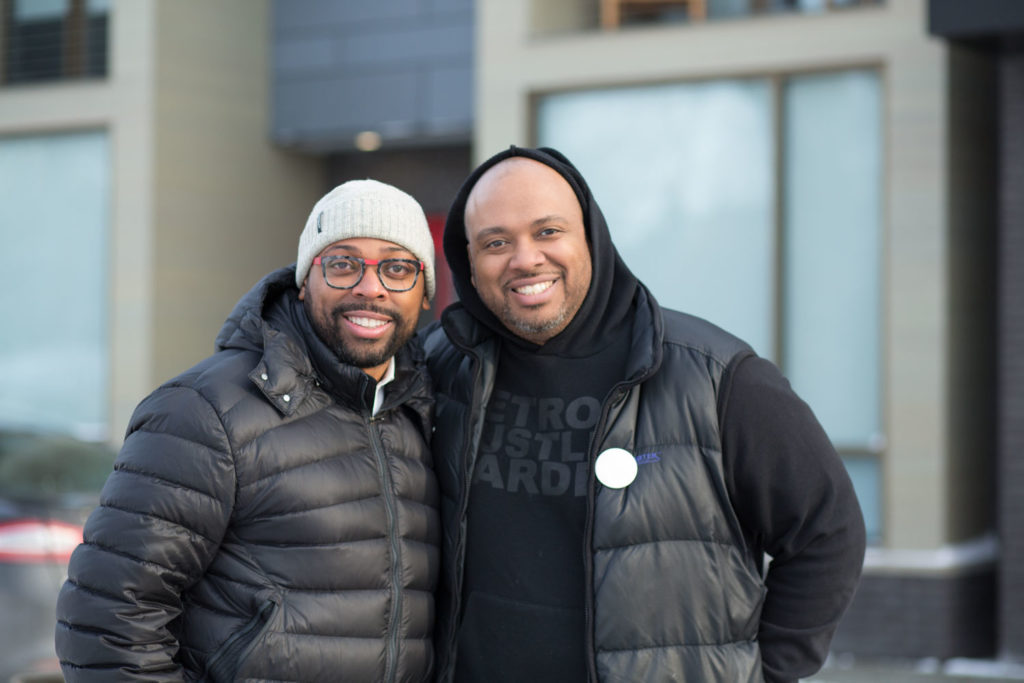
With 10 years of place-based investment in the city, Capital Impact is committed to a promising future for all Detroiters. Even though challenges continue, the resources, capacity, and partnerships Capital Impact has built in the first 10 years of its Detroit journey will form the foundation for success in the next decade and beyond. Wherever that road goes, Capital Impact knows community will be at its center.
Ian Wiesner: There is no shortage of challenges. Poverty is still prevalent. The city needs huge investments in infrastructure and schools and homes. I think most of all, we are trying to increasingly make sure that we are listening to the community, that we are not operating in a bubble, but working with community leaders who can help us identify where the gaps are, where the needs are.The challenge for Capital Impact is to really understand what tools we can bring and what is the most effective way for us to try and address these challenges.
Aaron Seybert: This sector of philanthropic-nonprofit development has a lot of legitimacy in delivering results in the city. We can use that position to really stay focused on delivering projects in development that serve existing residents really, really well. As development gets easier because valuations get higher, there is more money in the market.
None of us love doing the really hard things, but it is our job to do the hard things. The hard things from a decade ago are not so hard anymore. We could migrate into the space that is hard now, which is a lot of neighborhood-based development where scale is smaller. Poverty is more deeply entrenched. We have got a lot of other sorts of social issues that we can’t ignore. It would be easy to stay in the place where we are comfortable, or we can collectively push into that harder space.
Eddie Carrington: I think Detroit can learn a lesson from Chicago. It has a number of hubs that have the density that Detroit is striving for. And that is one thing the city of Detroit’s outer neighborhoods are missing. Density is going to assist with expediting the resources and amenities that the community is asking for because, if there are more people that are able to walk and bike to this amenity that we are putting in the community or to this development that is standing up, that will, in turn, attract the small businesses that the community is asking for.
Clifford Brown: In the city of Detroit, we often talk about rents increasing. And we look at it from a lens of why? And we don’t ever question why construction costs are going up, but more importantly, we do not ask the question about why are incomes not going up? To me, that is a much more relevant and much more pressing question.
Michael Rhodes: when we announced our commitment to Detroit, we were motivated not simply by a city we have been a part of for more than 85 years, but by the spirit and determination we saw in the people of Detroit. When we first began our work in Detroit, there was no shortage of challenges. Our initial strategy really focused on how we could help accelerate development in the city. Having pledged half of our initial $100 million dollars to two CDFIs — including Capital Impact — for community development and witnessing Detroit’s progress, I am optimistic about the future.
Scott Sporte: CDFIs play a very important role in the community and economic development space. They are usually the first organizations to bring capital to an area that has been experiencing poverty. They opened the door to bring private investors in to continue to grow the level of capital investment and project-based investment that is occurring in an area. A CDFI is thinking carefully about the equitable distribution of their capital and the ways that can benefit people who are most in need. Rather than just focusing on what is glitzy and glamorous and eye-popping, it is really doing the things that you need to do day after day after day to really understand and recognize the needs of these communities.
